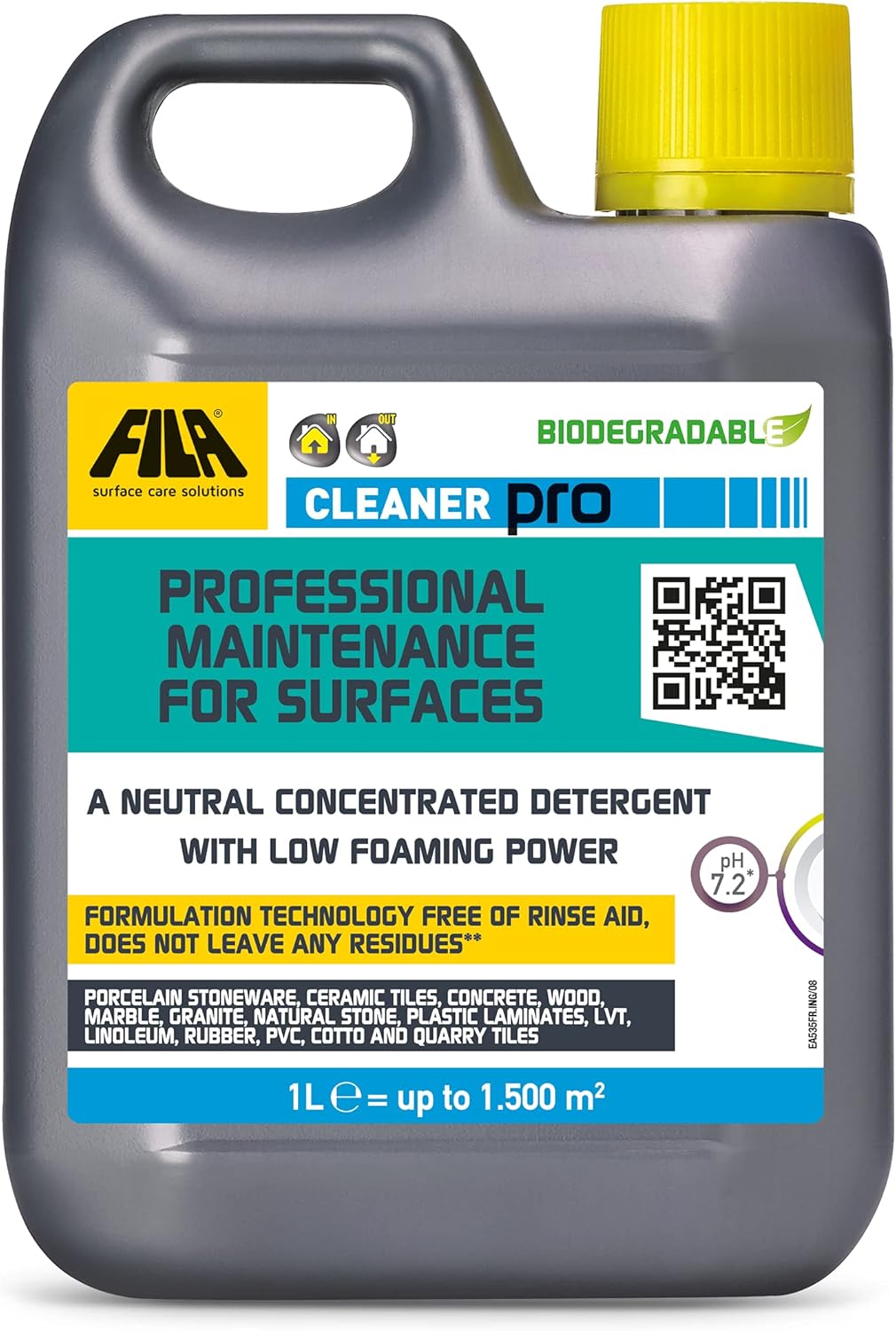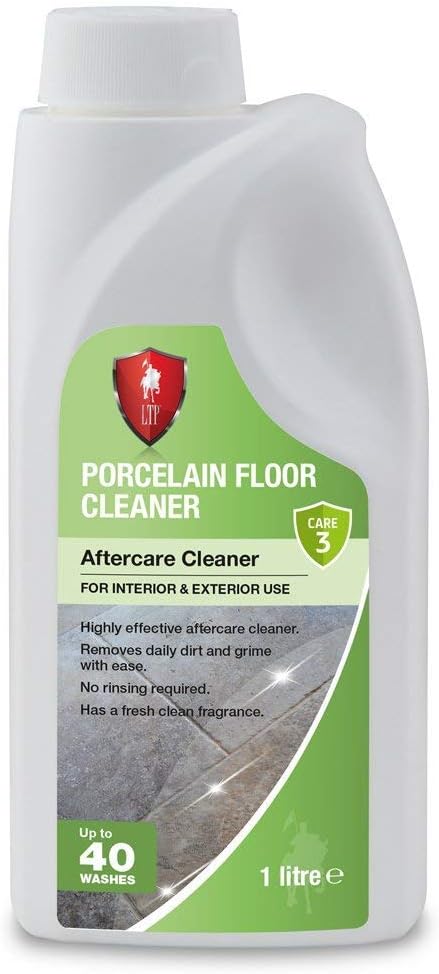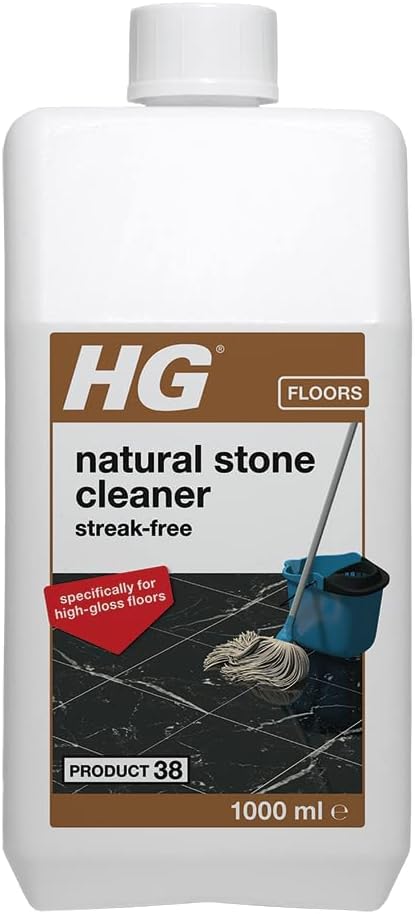Discovering the Essential Importance of Marble Restoration for Preserving the UK’s Architectural Heritage
Marble is renowned for its opulent appearance and timeless allure, establishing it as a fundamental element of the architectural heritage in the United Kingdom. Its extensive historical application can be observed in a multitude of distinguished venues, ranging from splendid stately homes to imposing public buildings, each one showcasing not only remarkable beauty but also significant cultural value. The restoration of marble in Morden Park exemplifies the dedication to preserving this invaluable heritage, ensuring that it remains functional and accessible for contemporary usage. This exploration into the significance of marble restoration throughout the UK will uncover its historical significance, highlight common damage sources, and scrutinise the effective methods employed in the restoration process.
Exploring the Deep Historical Importance of Marble in British Architecture
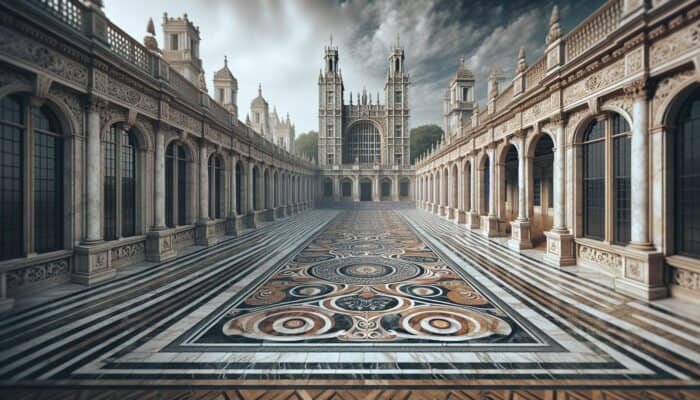
The presence of marble within the UK boasts a rich and illustrious history that extends back centuries, with iconic structures like the British Museum and Westminster Abbey showcasing its unparalleled elegance. These historic landmarks not only highlight the artistic prowess of their respective eras but also serve as essential connections to our national legacy. The intricate designs and exceptional craftsmanship evident in marble installations reflect the historical narrative and the emphasis placed on both durability and aesthetic beauty. Engaging in marble restoration transcends mere maintenance; it is fundamentally a commitment to safeguarding our collective memory. Each restoration project contributes significantly to our heritage narrative, ensuring that future generations can appreciate the artistry and historical significance embedded within these extraordinary surfaces.
Identifying the Common Sources of Damage to Marble Surfaces
Throughout the UK, marble floors encounter numerous challenges that lead to deterioration. Environmental elements, such as weathering, can cause surface erosion, particularly in areas exposed to harsh conditions. The combination of rainfall and acidic pollutants accelerates this degradation, resulting in discolouration and structural weaknesses. Furthermore, high foot traffic in busy public spaces can lead to scratches and scuffs, detracting from the marble's radiant finish. Recognising these prevalent causes is essential for effective restoration efforts. By understanding that the restoration of marble must address both aesthetic and structural challenges, professionals can develop comprehensive strategies tailored to tackle specific types of damage, ensuring enduring results.
Examining Proven Techniques for Effective Marble Restoration
The methods employed for marble restoration in the UK are varied and highly specialised, ensuring successful outcomes. Typically, the restoration process commences with cleaning, utilising techniques such as steam cleaning or specialised chemical treatments designed to eliminate stains without compromising the marble's integrity. Following this, professionals often employ honing to refine the surface and eradicate superficial scratches. For deeper imperfections, polishing techniques are applied to rejuvenate the marble’s original luster, effectively bringing it back to life. In instances of significant damage, such as cracks or chips, epoxy fillers can restore structural strength. These meticulously executed methods guarantee that the restoration of damaged floors adheres to both aesthetic and functional standards, preserving the beauty and cultural significance of marble surfaces.
Understanding the Legal Framework for Marble Restoration in the UK
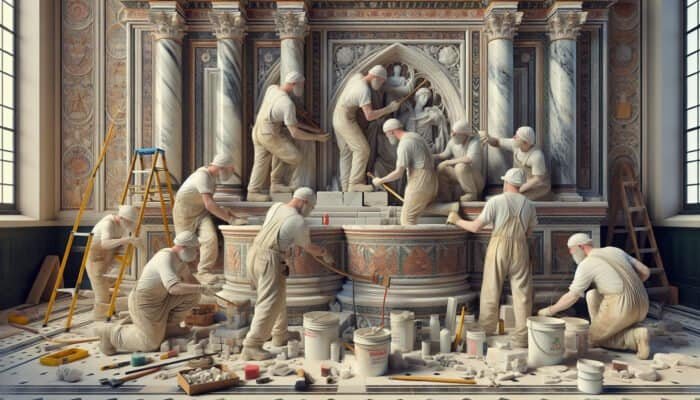
In the UK, the restoration of marble is governed by various regulations intended to uphold the historical integrity of buildings and materials. The Conservation Principles established by Historic England provide crucial guidance for restoration efforts, emphasising the importance of maintaining authenticity and historical context. Moreover, local planning regulations often dictate acceptable materials and methods to be used during restoration projects. Grasping these legal parameters is vital for restoration companies, as it ensures compliance while protecting the cultural significance of initiatives such as the restoration of marble. Adhering to these regulations not only preserves the materials employed but also honours the legacy of the sites involved.
Gaining Insights from Successful Marble Restoration Case Studies
Investigating successful marble restoration projects across the UK offers invaluable insights into effective practices and methodologies. A prominent example is the restoration of the marble floors at the Victoria and Albert Museum, which involved comprehensive cleaning and meticulous restoration of intricate designs, resulting in a vibrant appearance that attracts countless visitors. Another significant project is the restoration of the marble entrance at the National Gallery, where experts expertly combined traditional techniques with modern technology to achieve outstanding results. These case studies underscore the critical role of professional expertise in restoring marble and illustrate the diverse methods utilised to achieve successful restoration outcomes.
Expert Recommendations: Top Products for Daily Marble Maintenance
In-Depth Analysis of Notable Case Studies in Marble Floor Restoration
Restoration Endeavours at Buckingham Palace: A Model for Excellence
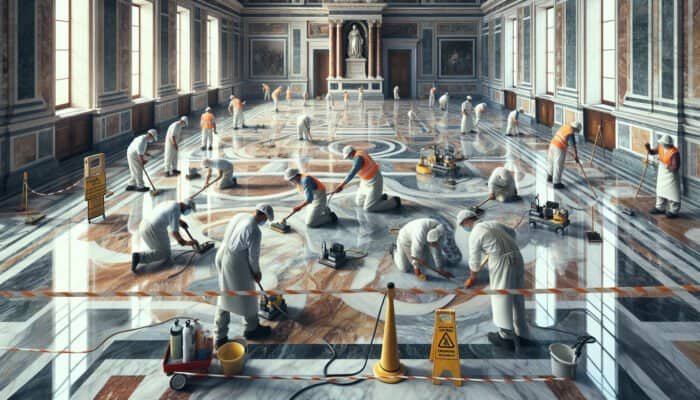
A prime example of exemplary marble restoration efforts can be found at Buckingham Palace, where the marble floors require ongoing maintenance due to their historical significance and high levels of foot traffic. The restoration techniques utilised here involve painstaking cleaning to eliminate years of grime and stains, followed by honing to refresh the marble's surface. Furthermore, restoration specialists face the challenge of preserving the palace’s historical accuracy while seamlessly integrating modern cleaning technologies. Through these restoration initiatives, Buckingham Palace not only maintains its regal appearance but also guarantees the safety and comfort of visitors, serving as a shining example of effective marble restoration in practice.
Commitment to Historical Accuracy in Westminster Abbey Restoration Projects
The restoration of marble floors within Westminster Abbey stands as a powerful testament to a strong commitment to historical accuracy. The Abbey’s significant historical context necessitates careful consideration of the restoration techniques employed. This endeavour involved thorough research into the original materials and methods used, ensuring that the restoration aligns seamlessly with the Abbey’s rich historical narrative. This case exemplifies the delicate balance necessary for preserving authenticity while undertaking restoration work. The success of this initiative underscores the importance of restoring the marble floors within the broader context of cultural heritage preservation, reminding us of the need to protect our historical landmarks for future generations.
Innovative Restoration Techniques Employed at The British Museum
At the British Museum, the restoration of marble floors presents unique challenges and exciting opportunities. The museum’s commitment to public accessibility necessitates that restoration efforts are executed in a manner that minimally disrupts visitors. Innovative techniques, such as the use of non-invasive cleaning methods and temporary flooring solutions, have been successfully implemented to ensure that the museum remains operational while vital restoration work is carried out. The British Museum's proactive strategies exemplify how the restoration of marble can coincide with modern public engagement, facilitating both preservation and accessibility within one of the UK’s most cherished cultural institutions.
Key Criteria for Selecting the Ideal Marble Restoration Company
Evaluating Accreditation and Professional Expertise
Choosing the right restoration company is crucial for the success of any marble restoration project. Accreditation is essential, as it confirms that the company adheres to industry standards and best practices. In the UK, organisations such as the Stone Federation Great Britain offer accreditation that signifies a company’s commitment to quality and professionalism. Experience is equally paramount; companies with a proven track record in marble restoration possess an understanding of the nuances associated with various marble types and the specific challenges encountered in different environments. By prioritising accredited and experienced professionals, clients can ensure that the restoration of the marble is conducted to the highest standards, safeguarding the results for many years to come.
Assessing Restoration Techniques and Equipment Utilised by Companies
When evaluating potential restoration companies, it is imperative to examine the techniques and equipment they utilise. Modern restoration demands specialised tools and innovative methods to achieve the best results. Companies that invest in state-of-the-art equipment, such as diamond polishing pads and advanced cleaning technologies, can provide superior results compared to those relying on outdated practices. This modernisation not only enhances the quality of the restoration but also mitigates the risk of damage to the marble. Understanding the techniques and equipment used by prospective companies is vital in selecting specialists who are well-qualified to handle the complexities of restoring marble floors at Modern Park, particularly in areas that require careful attention due to damage.
Utilising Customer Feedback and Case Studies for Informed Decision-Making
Customer feedback and case studies are invaluable resources when assessing the reputation of marble restoration firms. Positive testimonials from past clients offer insights into the quality of work performed and the level of customer service provided. Additionally, comprehensive case studies detailing specific projects, including challenges encountered and solutions implemented, effectively showcase the company’s capabilities. By thoroughly analysing these elements, clients can make well-informed decisions when selecting a restoration partner, ensuring that their project will be approached with expertise and care. This diligence is particularly crucial for significant projects, such as the restoration of Marble in Morden Park, where expectations are elevated and the stakes are substantial.
Financial Considerations in Marble Restoration Initiatives
Identifying Key Factors That Influence Restoration Costs
Understanding the elements that impact the costs of marble restoration is essential for establishing a practical budget. The extent of damage is a primary factor; simple cleaning and honing tasks generally incur lower costs than extensive repairs that may necessitate replacing damaged sections. Moreover, the project's location within the UK can influence costs due to regional variations in labour and material prices. The type of marble also plays a significant role; rare or exotic varieties often require specialised care, contributing to overall expenses. By recognising these variables, clients can adequately prepare financially for the restoration of Marble in Morden Park, ensuring they allocate sufficient resources to achieve the desired outcomes.
Strategic Budgeting for Successful Restoration Projects
Creating a budget for marble restoration projects necessitates meticulous planning and thorough evaluation of potential expenses. Begin by gathering quotes from multiple restoration companies, ensuring you obtain a detailed breakdown of the services offered. This transparency facilitates accurate comparisons and helps uncover any hidden costs that may arise. Additionally, incorporating a contingency fund within your budget to accommodate unforeseen complications can prove advantageous during the restoration process. By approaching budgeting for the restoration of Marble in Morden Park with careful consideration, clients can minimise financial surprises and ensure a smoother restoration experience that aligns with their expectations.
Assessing Cost Versus Value in Restoration Investments
When contemplating the expenses associated with marble restoration, it is crucial to evaluate the financial investment against the value it adds to the property. Restored marble floors not only enhance the aesthetic appeal of a space but also significantly increase its overall value. A well-executed restoration can elevate property desirability, rendering it a worthwhile investment for both homeowners and business owners. Furthermore, the long-term benefits of maintaining marble surfaces through restoration, as opposed to neglect, can ultimately save money by preventing more severe damage that necessitates costly repairs. This cost-versus-value analysis is particularly relevant for extensive projects, such as the restoration of Marble in Morden Park, where the advantages can far outweigh the initial expenses incurred.
Implementing Effective Maintenance Strategies After Restoration
Establishing Regular Cleaning Routines for Longevity
Following the successful restoration of marble floors, implementing a consistent cleaning schedule is essential for preserving their beauty and durability. Regular maintenance involves utilising gentle, pH-neutral cleaning agents specifically designed for marble, steering clear of harsh chemicals that may compromise the surface's integrity. Daily sweeping or dust mopping helps prevent dirt and debris from scratching the marble, while periodic deep cleaning rejuvenates its appearance and shine. By adopting these routine cleaning practices, property owners can uphold the results of the restoration of Marble in Morden Park and enhance the overall aesthetic appeal of their spaces.
Embracing Preventive Measures for Long-Term Protection
Taking proactive measures is vital for safeguarding marble floors against potential future damage. Applying protective coatings or sealants creates an effective barrier against stains, moisture, and dirt, thereby shielding the surface from harmful elements. Additionally, strategically placing mats at entrances and high-traffic areas can significantly diminish the amount of grit and grime that comes into contact with the marble. Educating residents and visitors about best practices, such as using coasters for beverages and promptly addressing spills, further contributes to the longevity of the marble. By incorporating these preventive strategies, the risk of damage is reduced, ensuring that the restoration of the marble in Modern Park for damaged floors remains intact for many years to come.
Investing in Professional Maintenance Services for Sustained Care
Engaging professional maintenance services is a wise investment for the ongoing care of restored marble floors. These specialists possess the knowledge and expertise required to carry out routine maintenance, such as polishing and sealing, ensuring that the marble remains in pristine condition. They also provide valuable insights into the specific requirements of different marble types and the environments they inhabit, guaranteeing tailored care is delivered. By utilising professional services, property owners can enhance the effectiveness of their maintenance efforts and extend the lifespan of their marble floors, making this a crucial aspect of maintaining Marble in Modern Park.
Conducting Regular Inspections for Early Detection of Issues
Routine inspections of restored marble floors are critical for identifying potential issues before they escalate into more significant problems. Frequent assessments enable professionals to evaluate the marble’s condition, detecting any signs of wear, discolouration, or damage. This proactive approach facilitates timely interventions, preserving the integrity of the restoration efforts. Moreover, routine inspections can provide invaluable feedback on the effectiveness of cleaning and maintenance practices, enabling necessary adjustments. By prioritising regular inspections, property owners can ensure that the restoration of Marble in Modern Park continues to yield exceptional results long after the initial work has been completed.
Understanding Repair and Restoration Techniques for Potential Future Issues
In the event of future damage, possessing a clear understanding of available repair and restoration techniques is vital for maintaining the marble’s original appearance. Techniques such as filling cracks with epoxy, re-polishing dulled areas, and re-honing surfaces can effectively restore the marble to its former glory. It is imperative for property owners to be familiar with these methods and to engage professionals capable of executing them proficiently. Prompt action in addressing damage not only preserves aesthetic appeal but also prevents further deterioration, ensuring that the restoration of Marble in Modern Park continues to be a source of pride for years to come.
Assessing the Environmental Impact of Marble Restoration
Prioritising Sustainable Practices in Marble Restoration Efforts
With the growing awareness of sustainability within the marble restoration industry, a notable shift is occurring in the UK. Many restoration companies are embracing eco-friendly practices, including the use of biodegradable cleaning agents and sustainable materials throughout the restoration process. These environmentally conscious approaches not only help maintain the integrity of the marble but also reduce the ecological footprint associated with restoration projects. For instance, employing water-efficient cleaning methods minimises water consumption during the restoration of Marble in Morden Park, aligning with broader sustainability objectives in the UK. By prioritising sustainable practices, the marble restoration industry can make a significant contribution to environmental conservation efforts.
Implementing Effective Waste Management Strategies During Restoration
Effective waste management is a critical component of any restoration project. UK restoration companies are increasingly adopting strategies to minimise waste generated during marble restoration. This includes recycling materials wherever possible and ensuring the proper disposal of hazardous waste in accordance with local regulations. By actively managing waste, these companies not only contribute to environmental sustainability but also enhance their reputation among environmentally conscious clients. The commitment to responsible waste management practices is essential for maintaining the integrity of projects like the restoration of Marble in Morden Park, ensuring that they have minimal environmental impact.
Addressing Carbon Footprint Challenges in Restoration Processes
The carbon footprint associated with marble restoration processes is a significant consideration in today’s environmentally aware climate. Restoration companies in the UK are exploring various strategies to reduce their carbon emissions, such as employing energy-efficient machinery and sourcing local materials, which decreases transportation-related emissions. Furthermore, integrating green technologies can further mitigate environmental impact. By proactively addressing carbon emissions, these companies contribute to a more sustainable future while enhancing the appeal of their services. This focus on reducing carbon footprints is particularly relevant for comprehensive projects, such as the restoration of Marble in Morden Park, where the environmental implications can be considerable.
Minimising Water Consumption During Restoration Activities
Water usage is another critical factor in the environmental footprint associated with marble restoration. Companies are adopting strategies to decrease water consumption during cleaning and restoration processes. Techniques such as steam cleaning utilise significantly less water than traditional methods while achieving effective results without harming the marble. The implementation of water-saving technologies plays a vital role in lowering overall consumption and enhancing sustainability efforts. For the restoration of Marble in Morden Park, minimising water usage not only conserves this precious resource but also aligns with broader environmental initiatives across the UK.
Protecting Biodiversity During Restoration Activities
The impact of marble restoration activities on local ecosystems and biodiversity is often overlooked. Restoration projects involving outdoor marble installations must consider the potential effects on surrounding flora and fauna. To mitigate any adverse impacts, restoration companies are increasingly incorporating eco-friendly practices that safeguard local ecosystems. By adopting responsible strategies, such as utilising non-toxic materials and preserving natural habitats during restoration, they can ensure that the restoration of Marble in Morden Park aligns with biodiversity conservation efforts. This comprehensive approach contributes to the sustainability of both the restoration industry and the environment.
Anticipating Future Directions in Marble Restoration
Utilising Technological Advancements for Superior Restoration Outcomes
The future of marble restoration in the UK is set to benefit significantly from rapid technological advancements. Emerging technologies, such as 3D scanning and artificial intelligence, are profoundly influencing restoration practices. These innovations enable restoration professionals to assess damage with heightened precision and develop customised restoration plans that optimise results. Moreover, advancements in cleaning technologies, including automated cleaning systems, are facilitating more efficient maintenance of marble surfaces. As these technologies gain traction, they promise to enhance the effectiveness and accuracy of restoring <a href=”https://tilecleaningsurrey.co.uk/marble-polishing-mortlake/”>marble in Modern Park</a>, heralding a transformative era in the industry.
Striking a Balance Between Preservation and Modernisation in Restoration
A critical discourse within the marble restoration field revolves around the balance between preservation and modernisation. As restoration techniques evolve, there is an increasing temptation to incorporate modern elements that could compromise historical authenticity. The challenge lies in discovering innovative solutions that respect the original design while embracing contemporary functionality. This discussion is especially relevant for projects like the restoration of Marble in Morden Park, where professionals must navigate the delicate balance between preserving heritage and introducing modern enhancements. Achieving this balance is essential for maintaining the integrity of historical sites while ensuring their relevance in today’s world.
Emphasising the Importance of Training and Education in the Restoration Sector
As the marble restoration industry continues to evolve, the importance of training and education for professionals cannot be overstated. Advanced training programmes and workshops focusing on new restoration techniques, materials, and technologies are crucial for equipping professionals with the necessary skills to tackle modern challenges. Educational initiatives, such as partnerships with universities and industry organisations, can cultivate a new generation of skilled restorers dedicated to excellence. Ensuring that professionals are well-informed about evolving practices will ultimately enhance the quality of projects, such as the restoration of marble in Modern Park, benefiting the industry as a whole.
Prioritising Sustainability as a Core Principle in Marble Restoration
Looking ahead, sustainability will remain a central theme shaping the future of marble restoration. The industry is expected to see an increased emphasis on eco-friendly practices, from the materials used to the techniques employed. Restoration companies that adopt sustainable approaches will not only attract environmentally conscious clients but also contribute to broader environmental goals. This commitment to sustainability is particularly pertinent for significant projects, such as the restoration of Marble in Morden Park, where the preservation of both heritage and the environment is of utmost importance. As these trends evolve, the marble restoration industry will establish itself as a leader in sustainable practices.
Addressing Frequently Asked Questions Surrounding Marble Restoration
What does the marble restoration process encompass?
Marble restoration involves repairing, cleaning, and polishing marble surfaces to restore their original beauty and functionality, often addressing damage incurred from wear and tear over time.
Why is marble restoration a vital process?
Restoration is critical for maintaining both the aesthetic appeal and structural integrity of marble, preserving its historical significance while extending its lifespan.
How can I protect my marble floors from damage?
Regular cleaning, applying protective coatings, and steering clear of harsh chemicals can help prevent damage to marble flooring.
What common methods are employed in marble restoration?
Common techniques include cleaning, honing, polishing, and repairing cracks or chips with epoxy fillers.
What is the typical cost associated with marble restoration?
Costs vary based on the extent of damage, type of marble, and location, with minor repairs generally being less expensive than comprehensive restoration efforts.
How long does the marble restoration process generally take?
The duration of marble restoration can vary widely, ranging from a few hours for simple cleaning to several days for extensive restoration projects.
Is it feasible for me to restore marble on my own?
While homeowners may manage minor cleaning tasks, professional restoration is advisable for significant damage to ensure high-quality results.
What should I keep in mind when selecting a marble restoration company?
Choose a company that possesses the proper accreditation, extensive experience in marble restoration, and positive customer reviews to guarantee quality workmanship.
How frequently should I have my marble floors restored?
The frequency depends on foot traffic and wear; however, assessing marble floors annually can help determine when restoration is needed.
What are some examples of sustainable practices in marble restoration?
Eco-friendly practices include using biodegradable cleaning agents, minimising water usage, and responsibly managing waste generated during restoration projects.
The post Restoration of Marble In Morden Park for Damaged Floors appeared first on https://tilecleaningsurrey.co.uk
The Article Marble Restoration in Morden Park for Damaged Floors appeared first on https://fabritec.org
The Article Marble Restoration for Damaged Floors in Morden Park Was Found On https://limitsofstrategy.com
